(02) 8417 2190

Cracking The Paper Bags Secret!
Imagine a technology that could totally revolutionise packaging and the delivery of goods. That could protect and enclose and which could also feature branding and other information? Well, paper bags did just that when they emerged in the mid-late 1800s in the US.
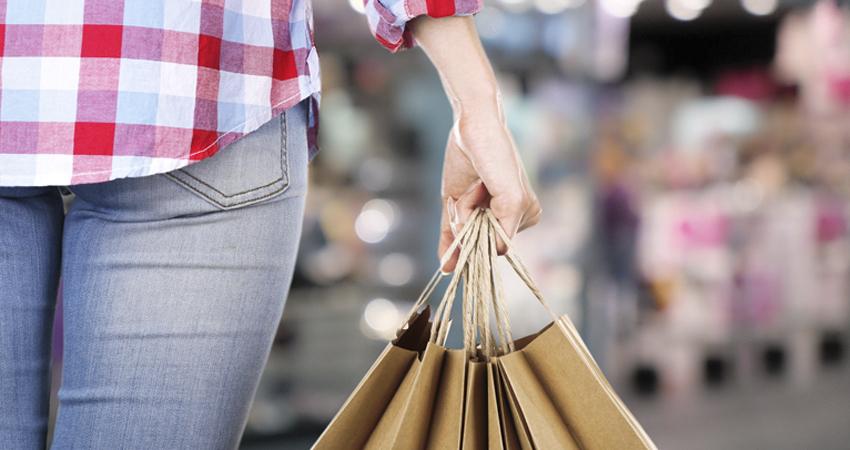
How are paper bags made? What are the materials used to make them? And what can they be used for. We will show you how to use these everyday packing staples with ingenuity and simplicity. We will show you how these versatile packing staples can be used to store your stuff and give gifts that wow factor.
Who was the first to use a paper bag?
Although the identity of the paper bag's inventor is now lost in obscurity it is widely believed that Luther Childs Crowell, a Massachusetts resident, was the one who invented the square-bottomed design.
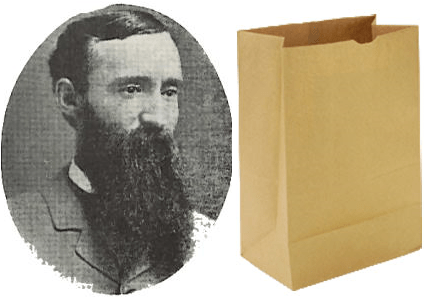
What year was the first paper bag invented? Crowell's flat-bottomed bag was first introduced in 1870s. However, Francis Wolle (a US schoolteacher) invented the first machine that could mass-produce these bags in 1850s. Wolle and his brother invented the machine and established the Union Paper Bag Company. This is how paper bags are made.
How is paper bag manufacturing done?
Paper pulp is used to make paper bags. This pulp is then pressed into sheets or rolls of papers. These sheets of paper are then cut to the size required for the bag. The cut sheets can then be folded over and the open sides of each sheet glued together. You can heat and press the glue sides together, or you can press them together.
This allows you to make a simple, flat bag from paper.
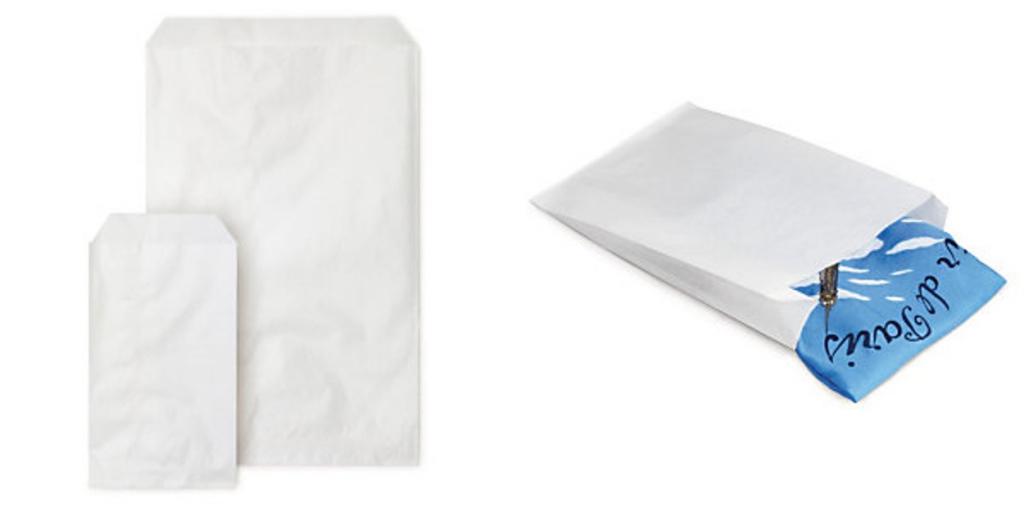
Similar steps are used to create a complex flat-bottomed design. The only difference is that there are more intricate folds at the bottom so the bag's final shape is either square or oval with an open top.
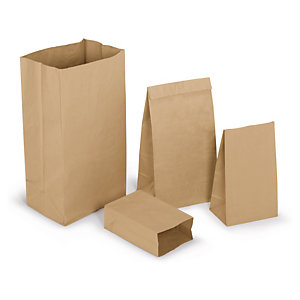
Separate paper handles can be attached to bags with handles using adhesive glue.
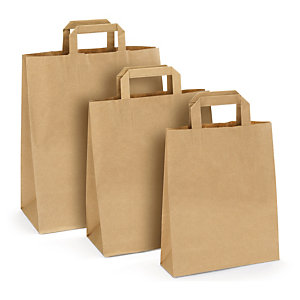
What is the purpose of paper bags?
It would seem silly to ask what paper bags are made from. There are many styles and designs, each made of different types of paper depending on the purpose of the bag.
The standard brown bag is made of Kraft paper but can also be made with any other type of paper and any colour.
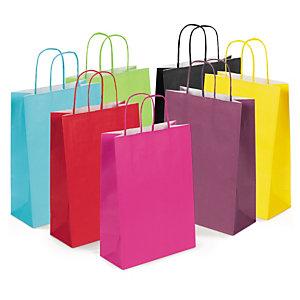
Kraft bags can also be made from laminated paper. This has a plastic coating on the inside to protect the bag from moisture from the goods contained in it or to keep moisture out.
Bags made from Kraft paper can also be designed in any colour and any weight of Kraft paper. These are typically made from 60gsm paper and come in a huge range of sizes.
More sturdy Kraft paper gift bags are made from 90gsm paper and can be coloured, or brown – or retro polka dot style.
As with all things paper, it can also be made from recycled paper and recycled Kraft paper. This offers a good, sturdy and environmentally friendly way to package goods, gifts and more. Typically, these are made from strong 110gsm recycled Kraft paper.

Why not use paper bags?
You can use paper bags for many purposes. Paper bags are easy to use and affordable. They can be used for storing and delivering all kinds of items, as long as they're not too heavy or wet.
It is easy to measure a paper bag: Measure its height, width, and depth (gusset). Add these together and you will get the volume.
The size of a paper bag will determine how much it can hold. These bags are available in a variety of sizes, from small bags measuring 200x300x100mm to large ones that measure 450x800x290mm.
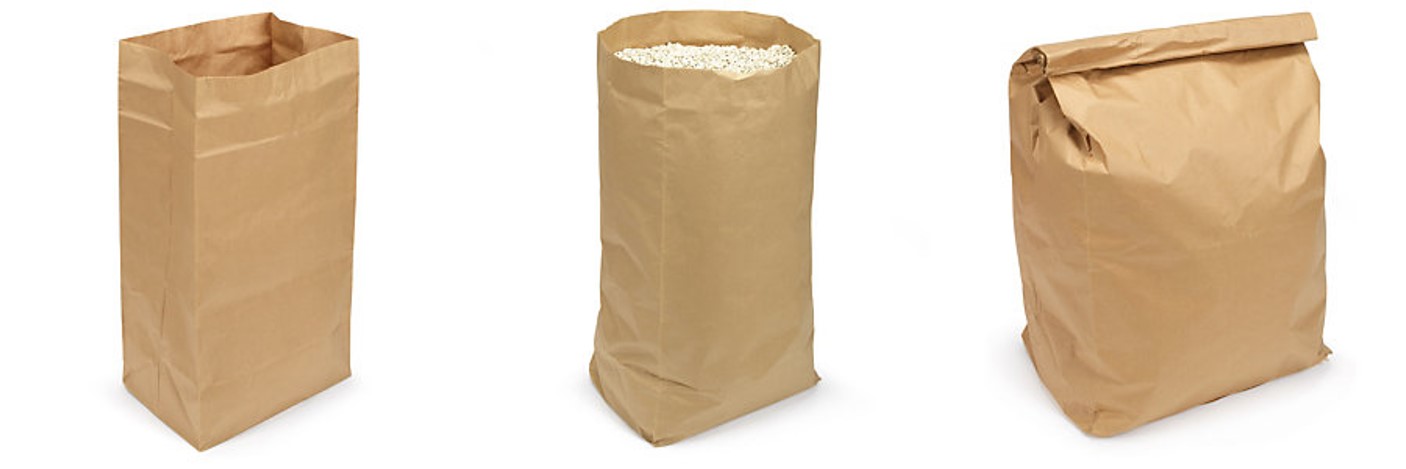
The weight of a paper bag will depend on its size and the strength of the paper. Small bags made from 70gsm Kraft paper will break down to 4kg. Larger paper bags made from 90gsm can hold ten times as much, with a breaking strain at 40kg.
There are many sizes of bags that can carry 40kg or less. This chart shows the complete range of sizes available and their relative strengths.
Our Packaging Experts can help you find the best solutions for paper packaging and arrange next-day delivery. Call us at 0800 02 8294 8333, or visit www.fastdirectpackaging.com.au
